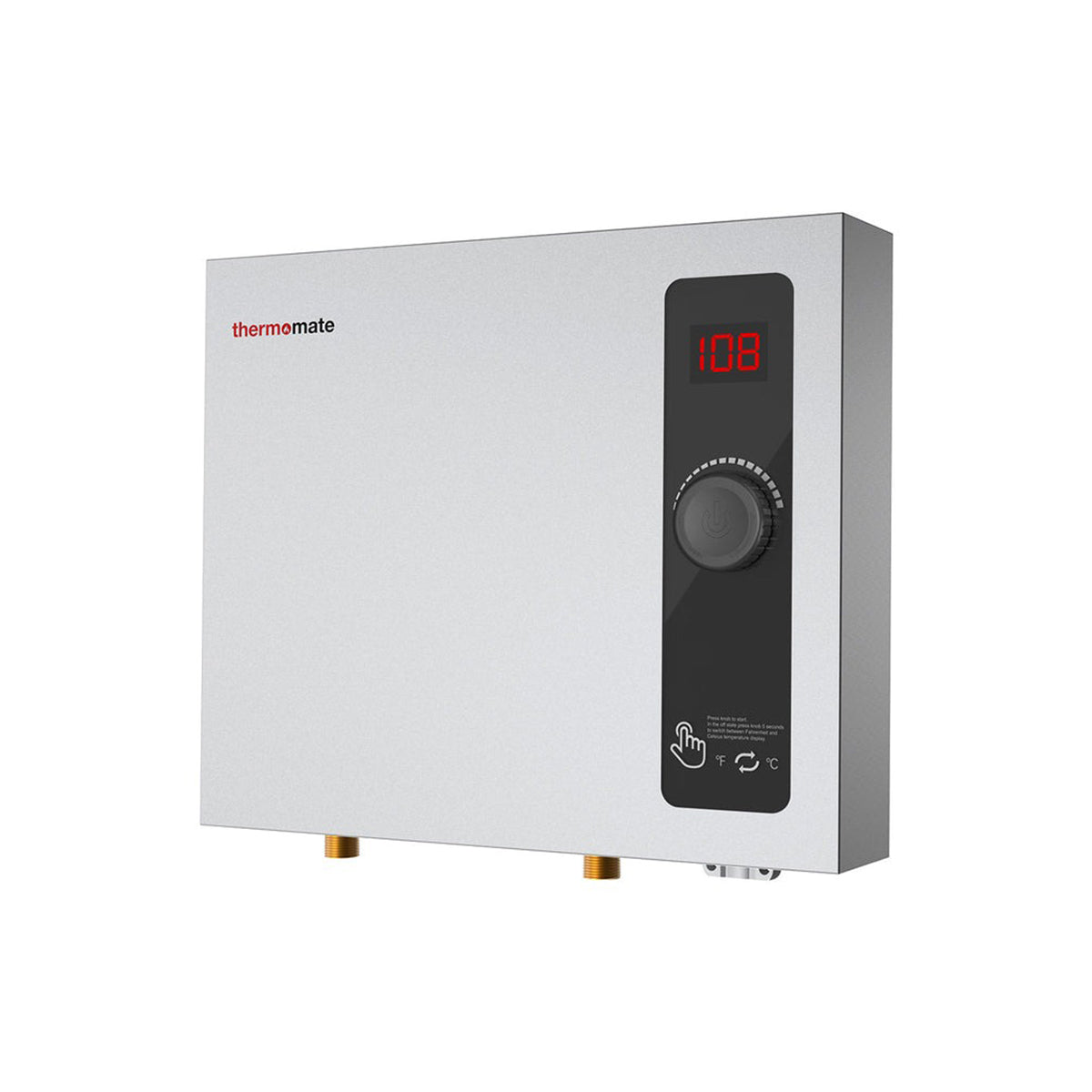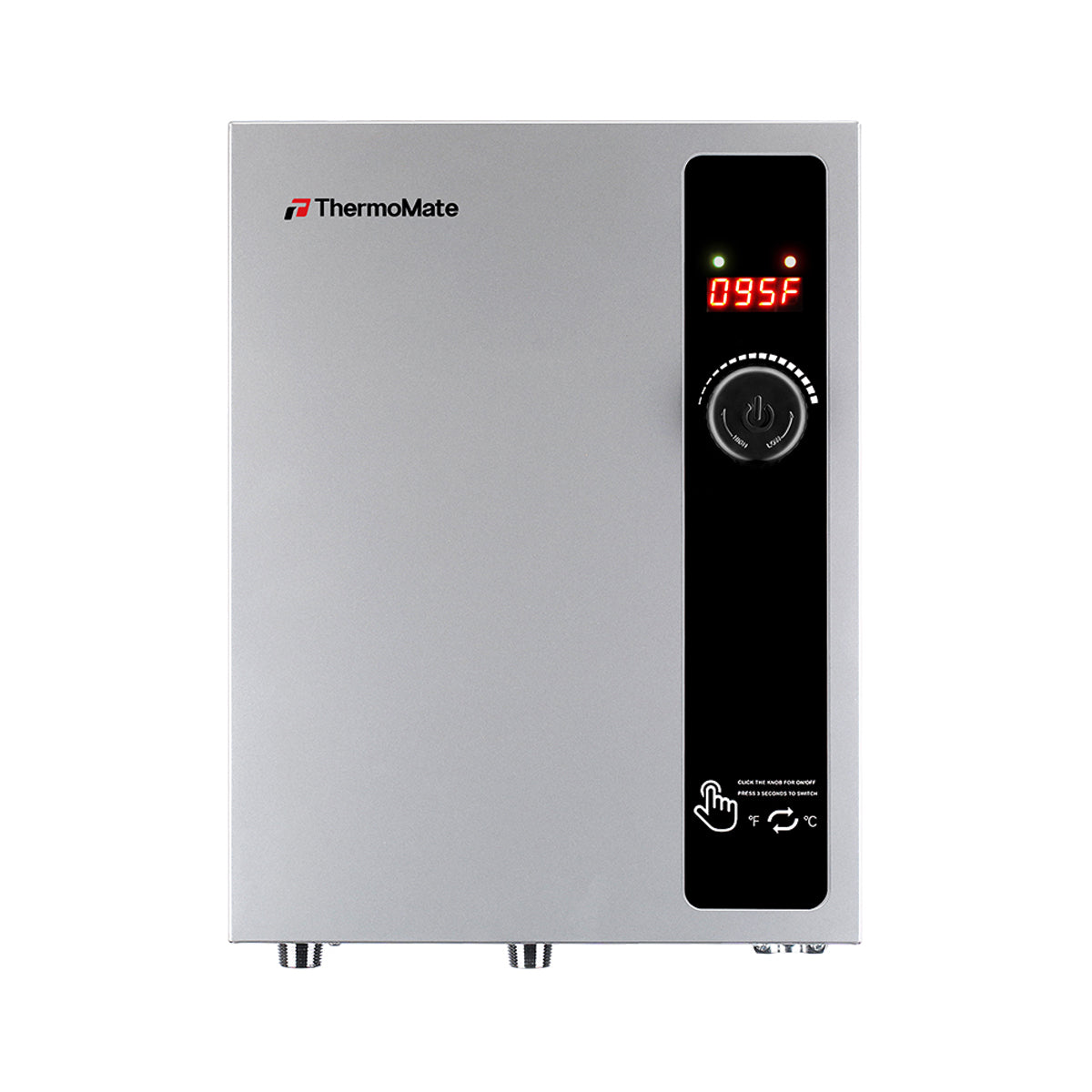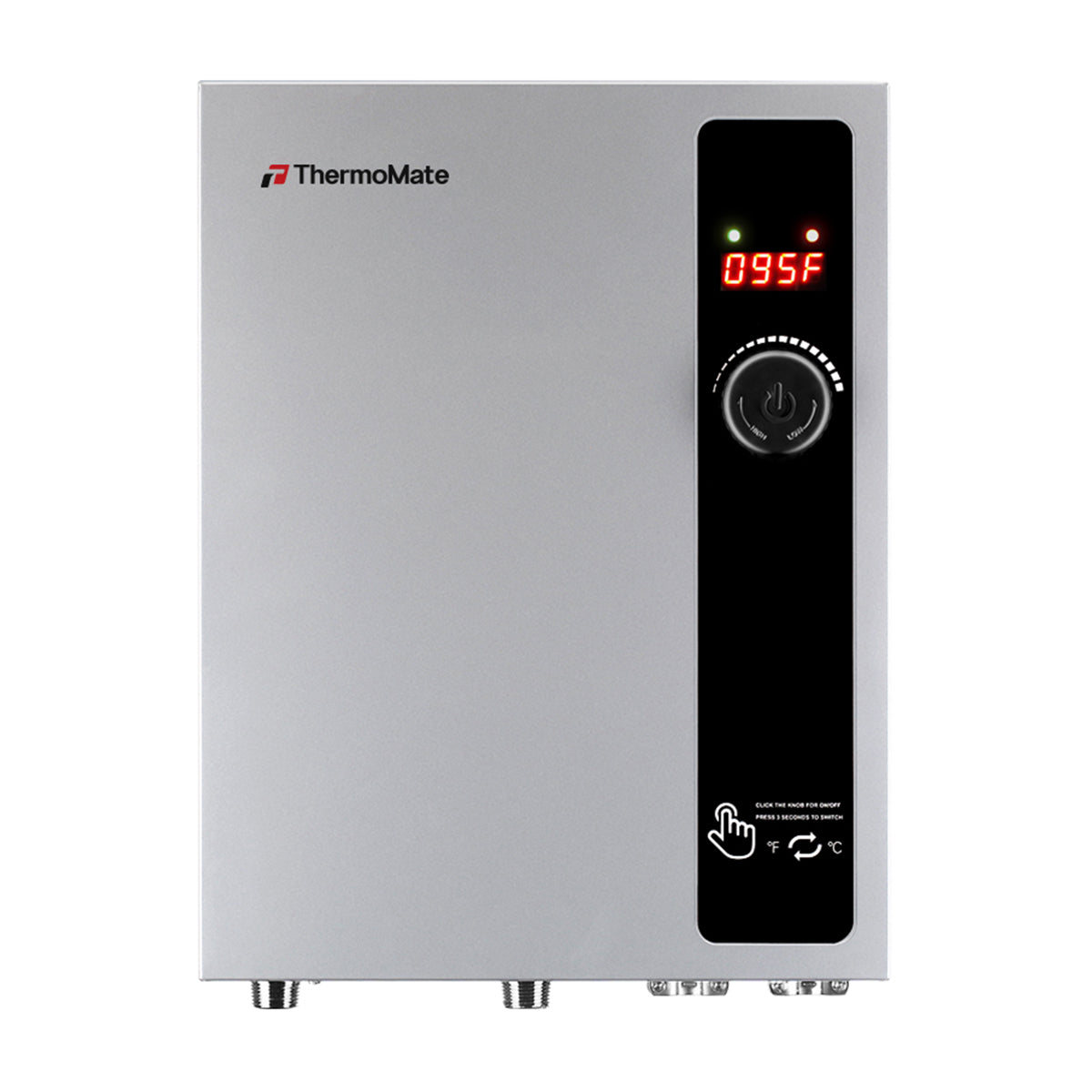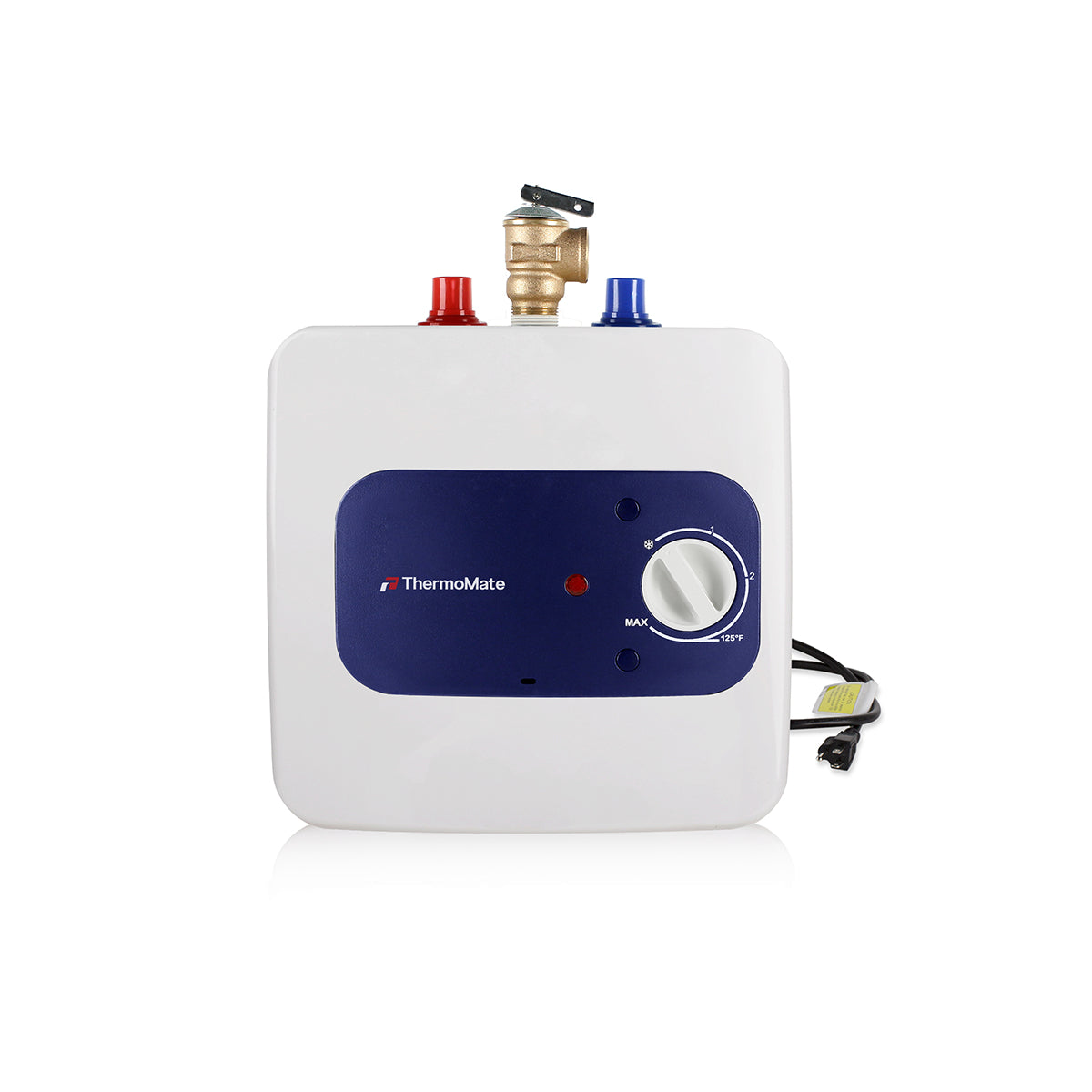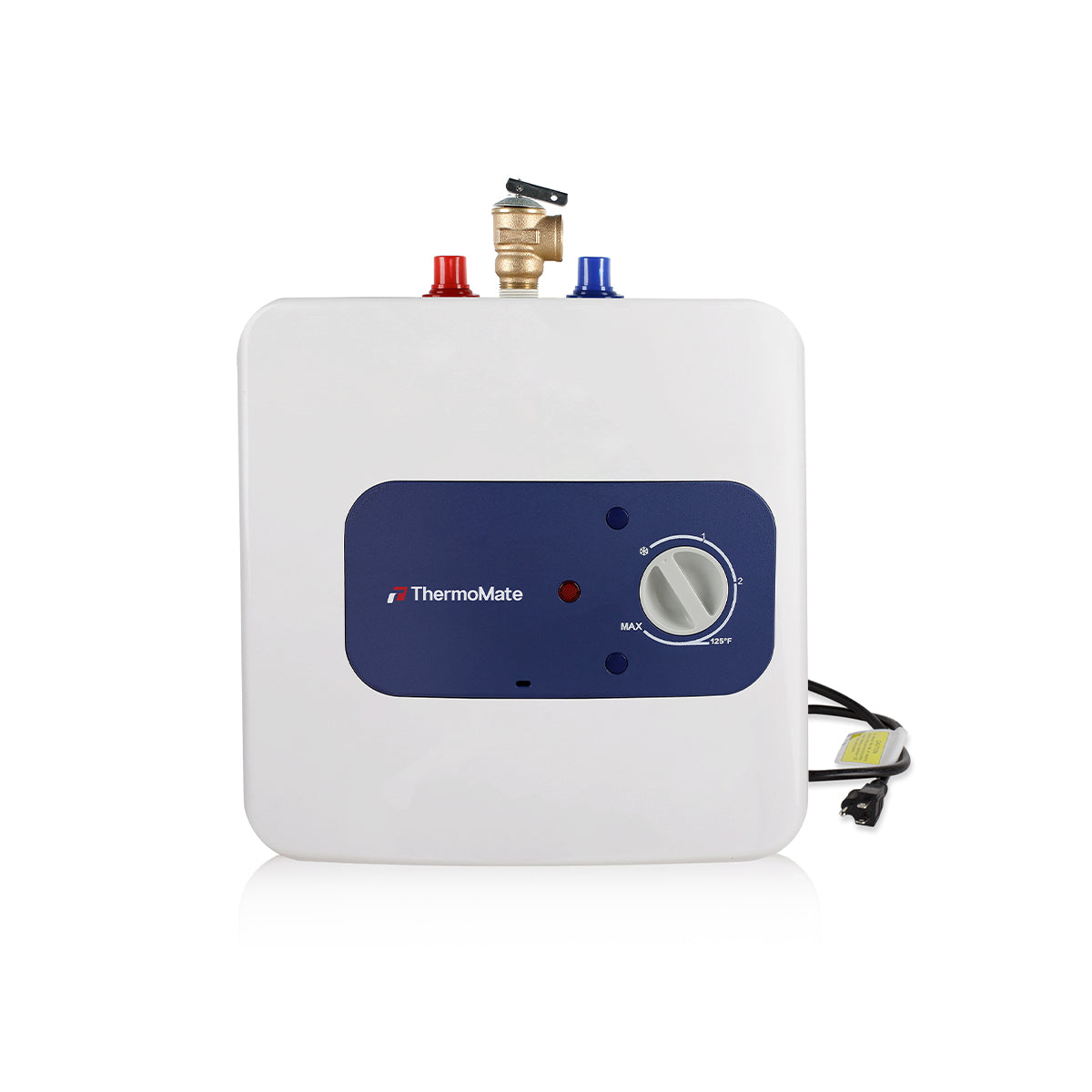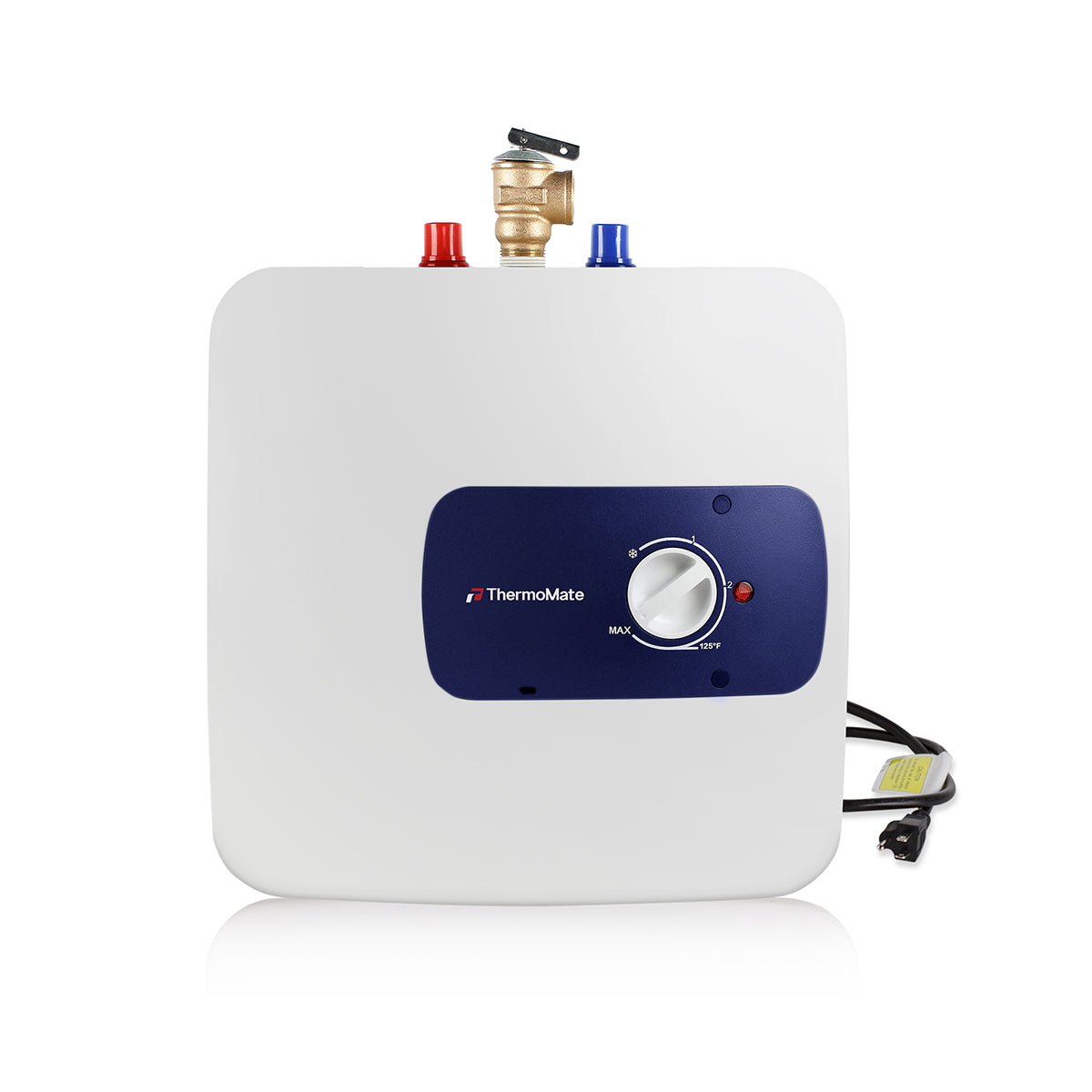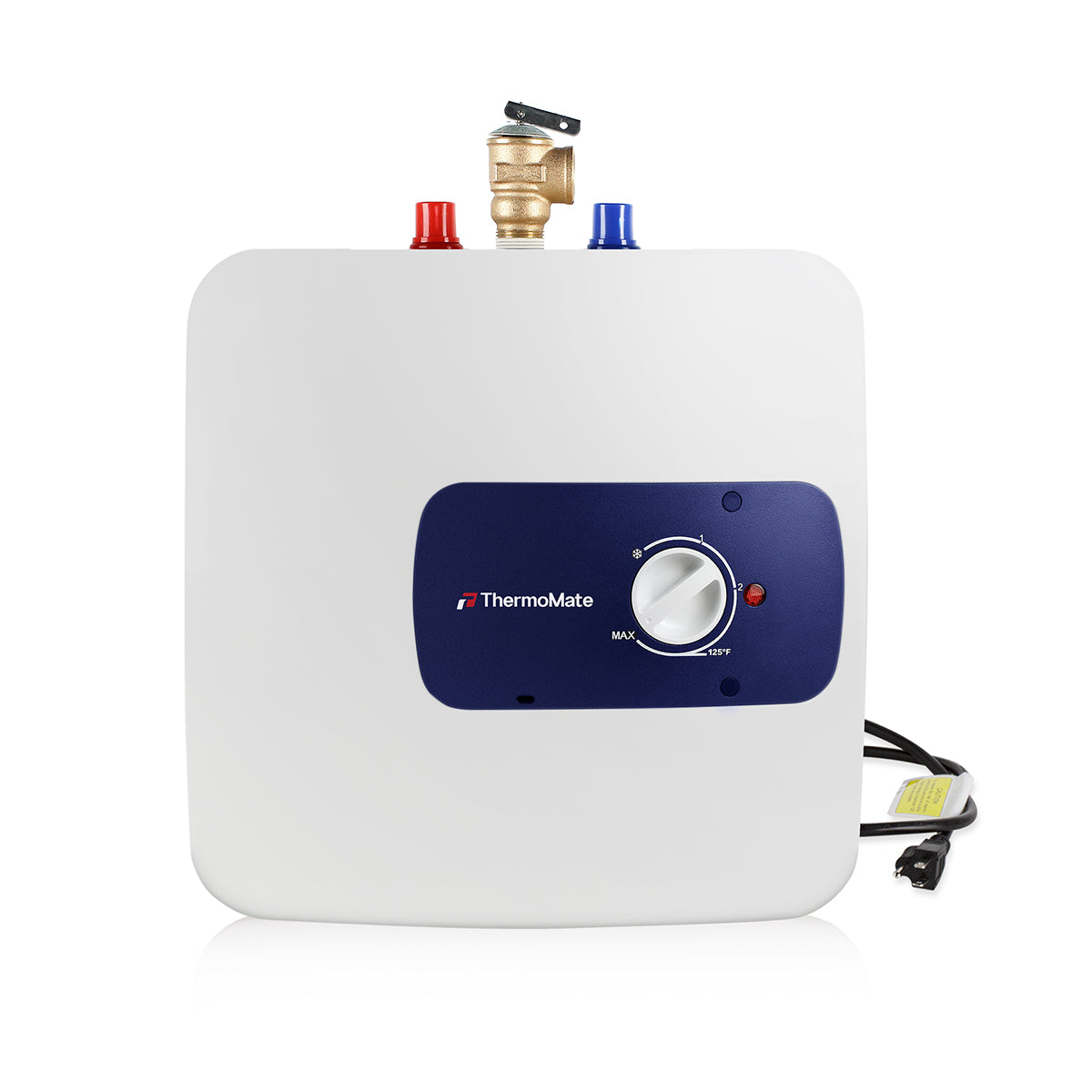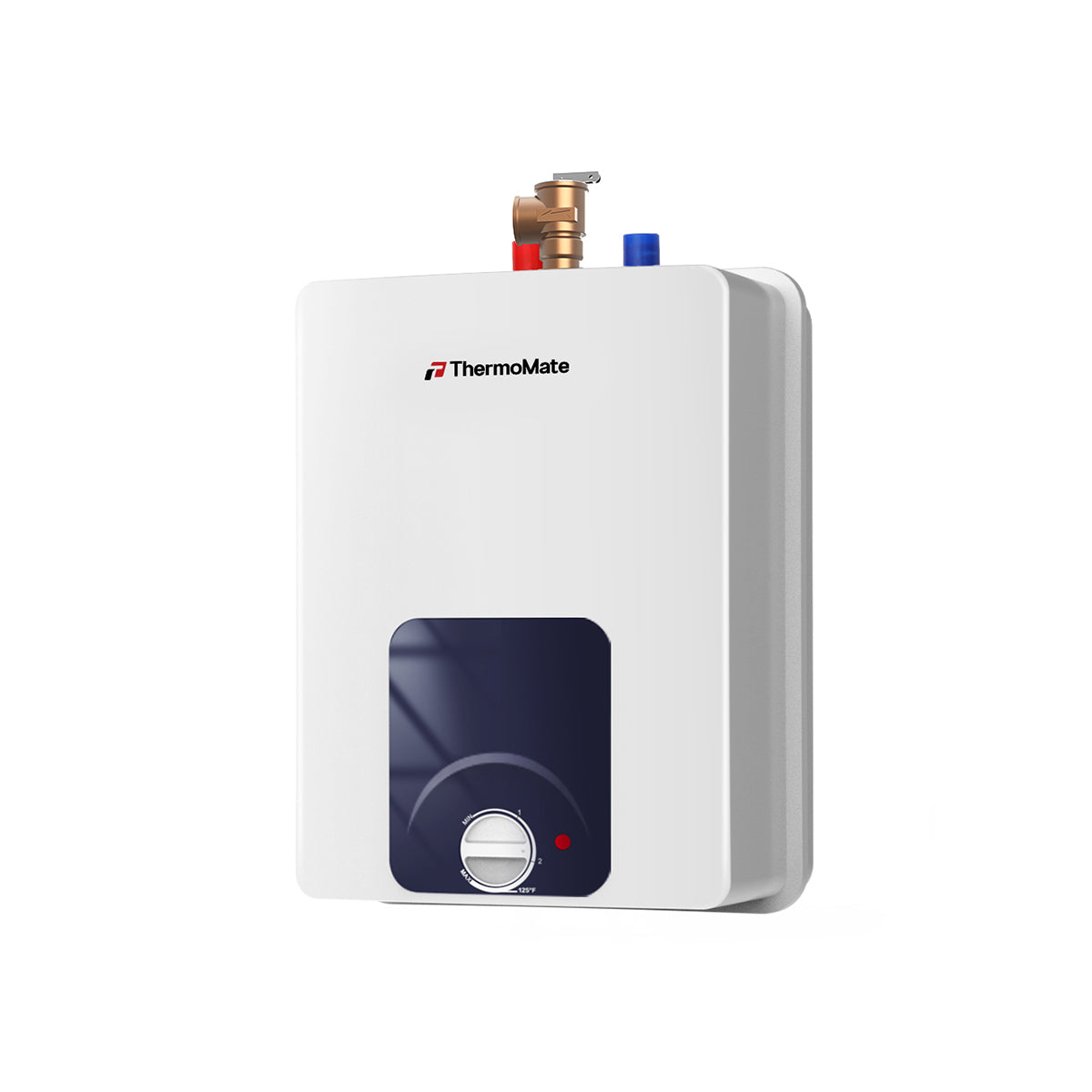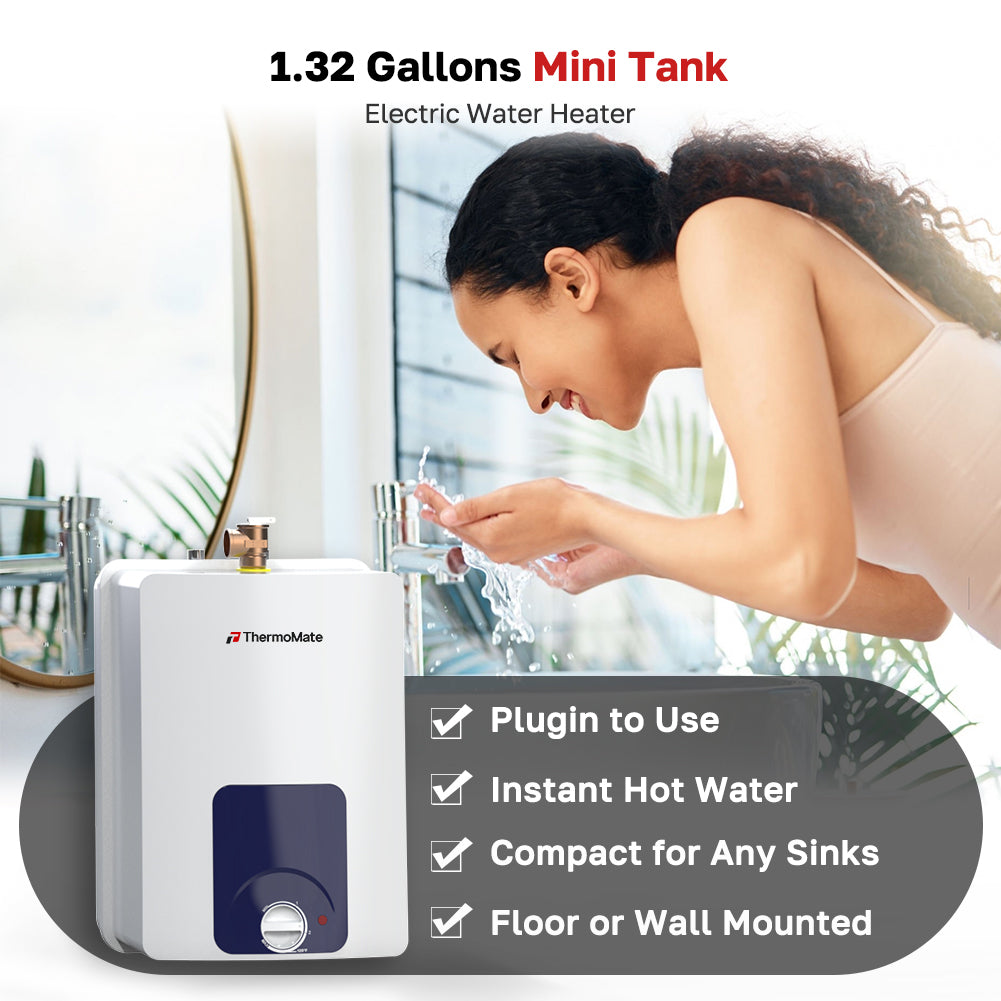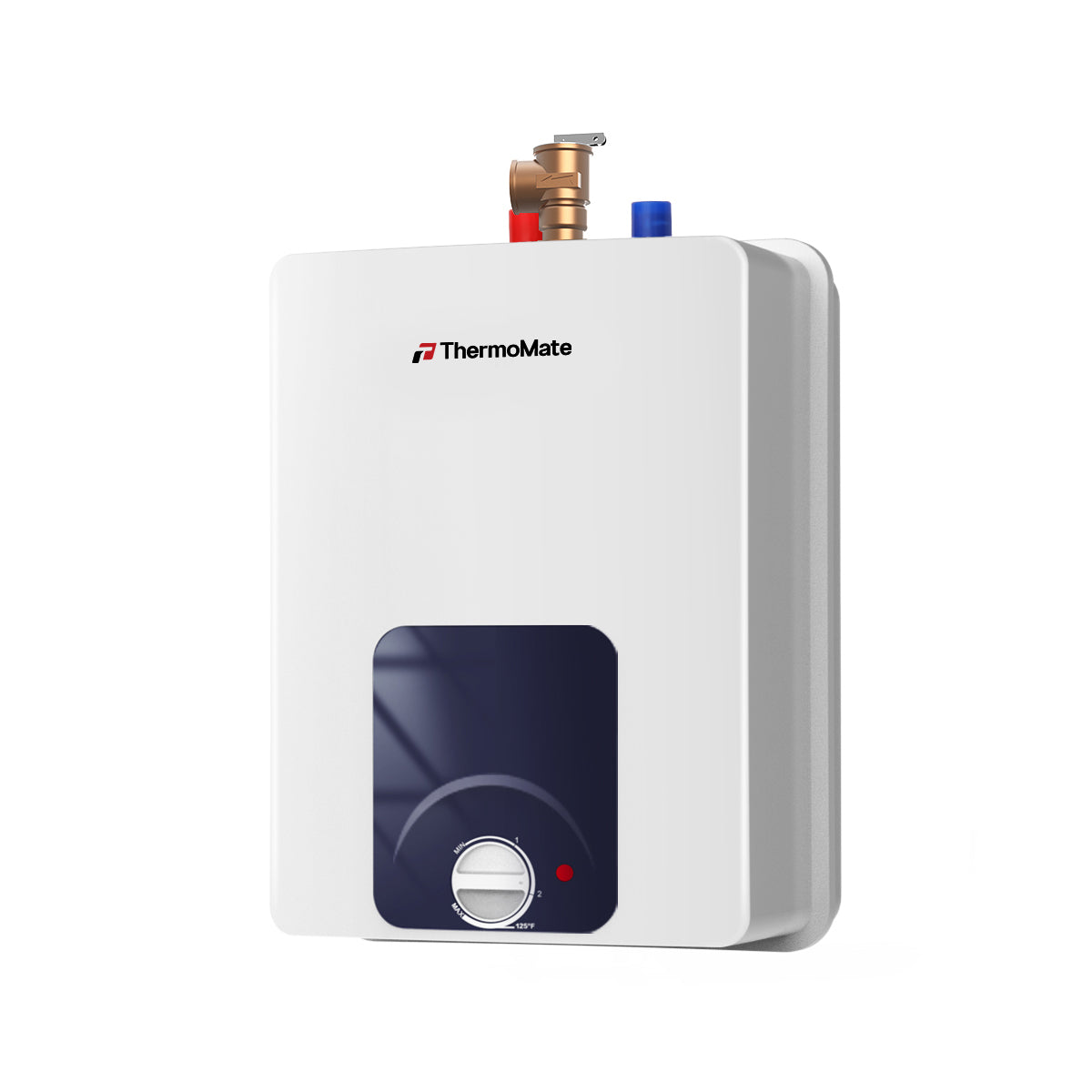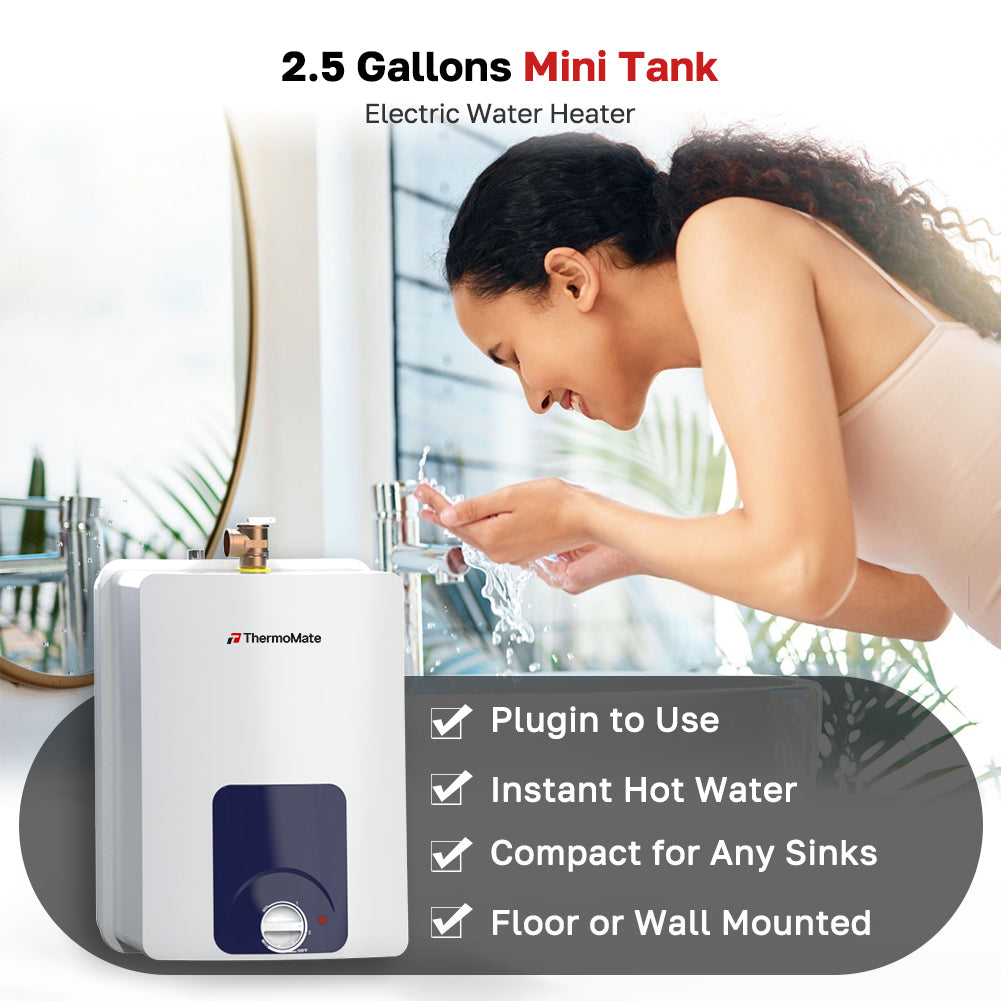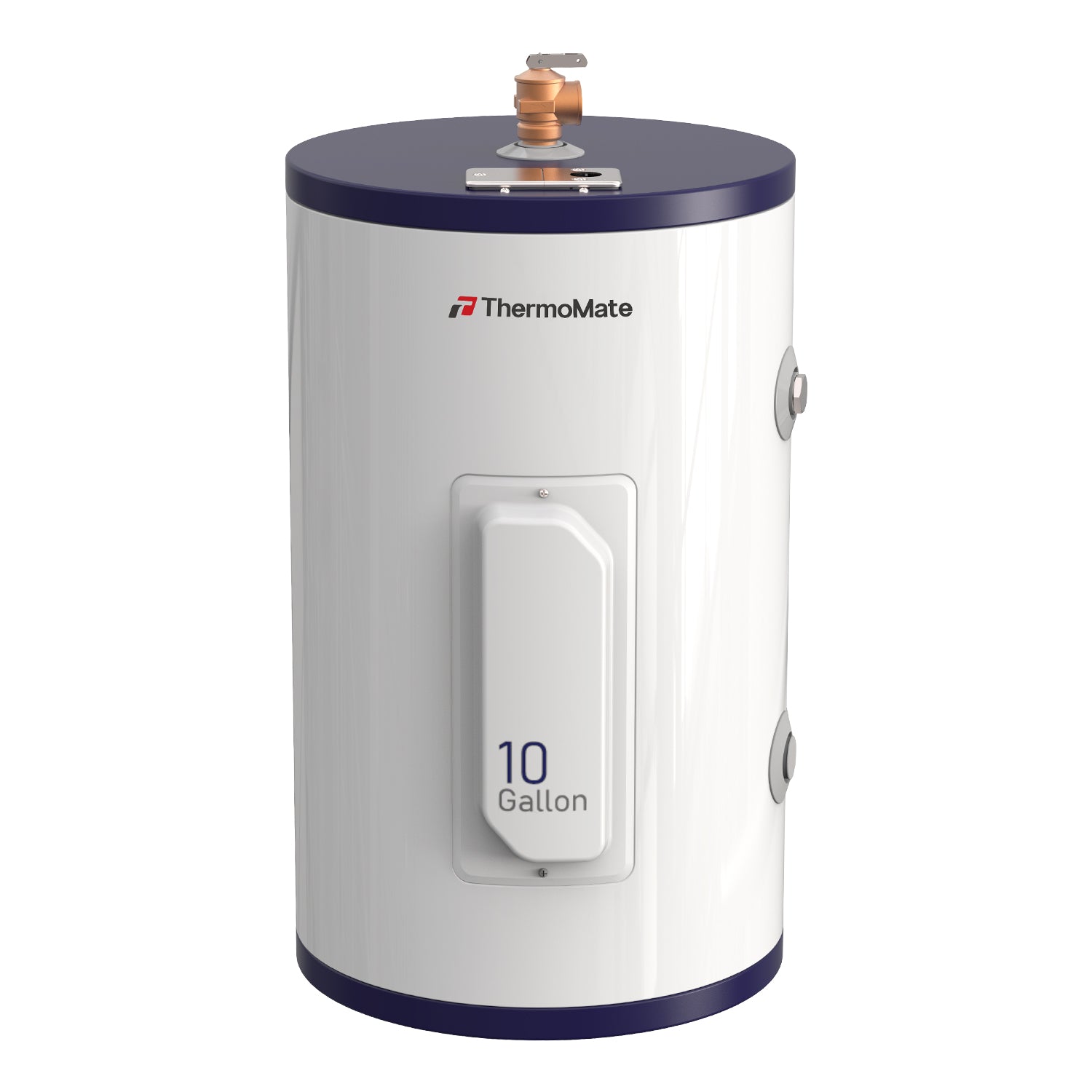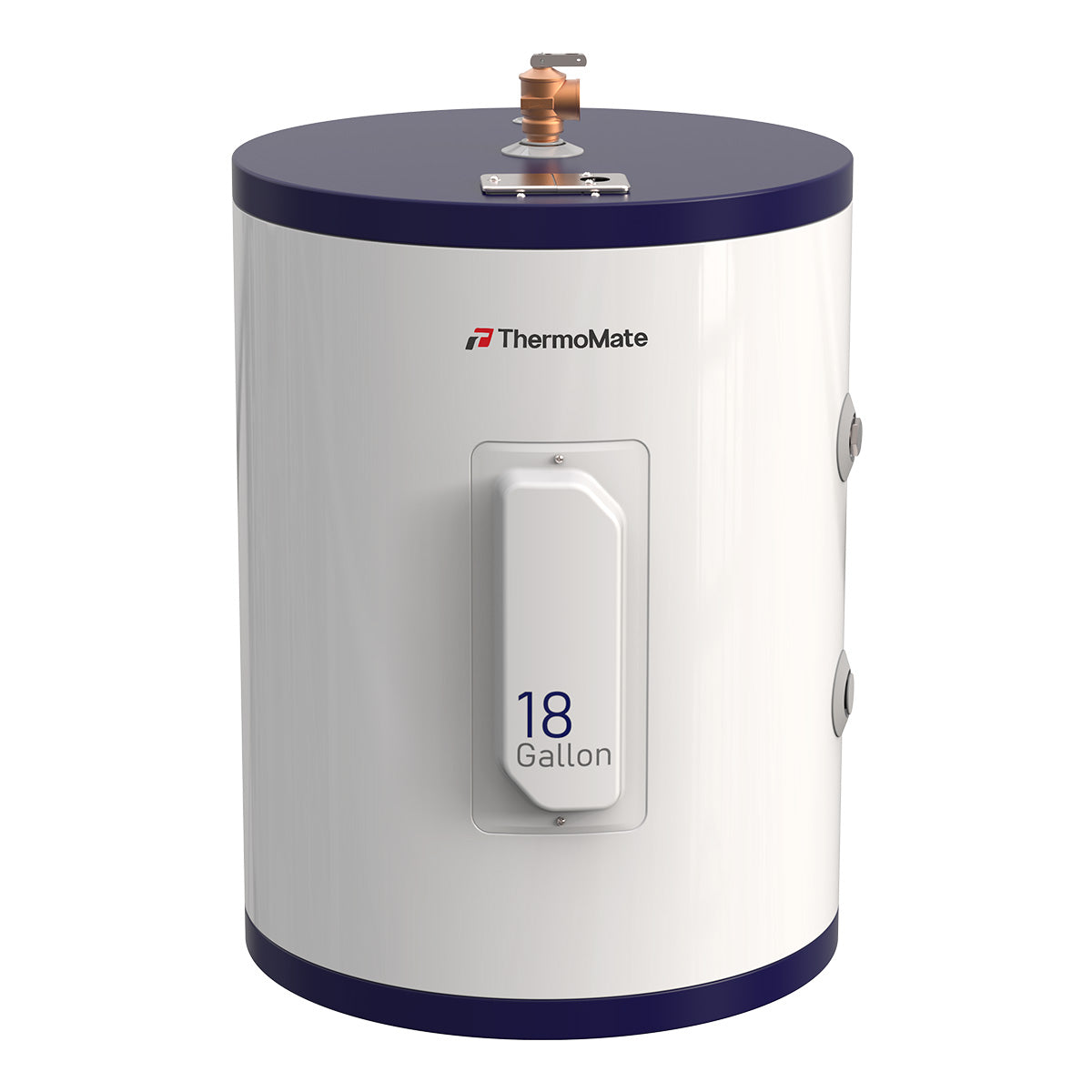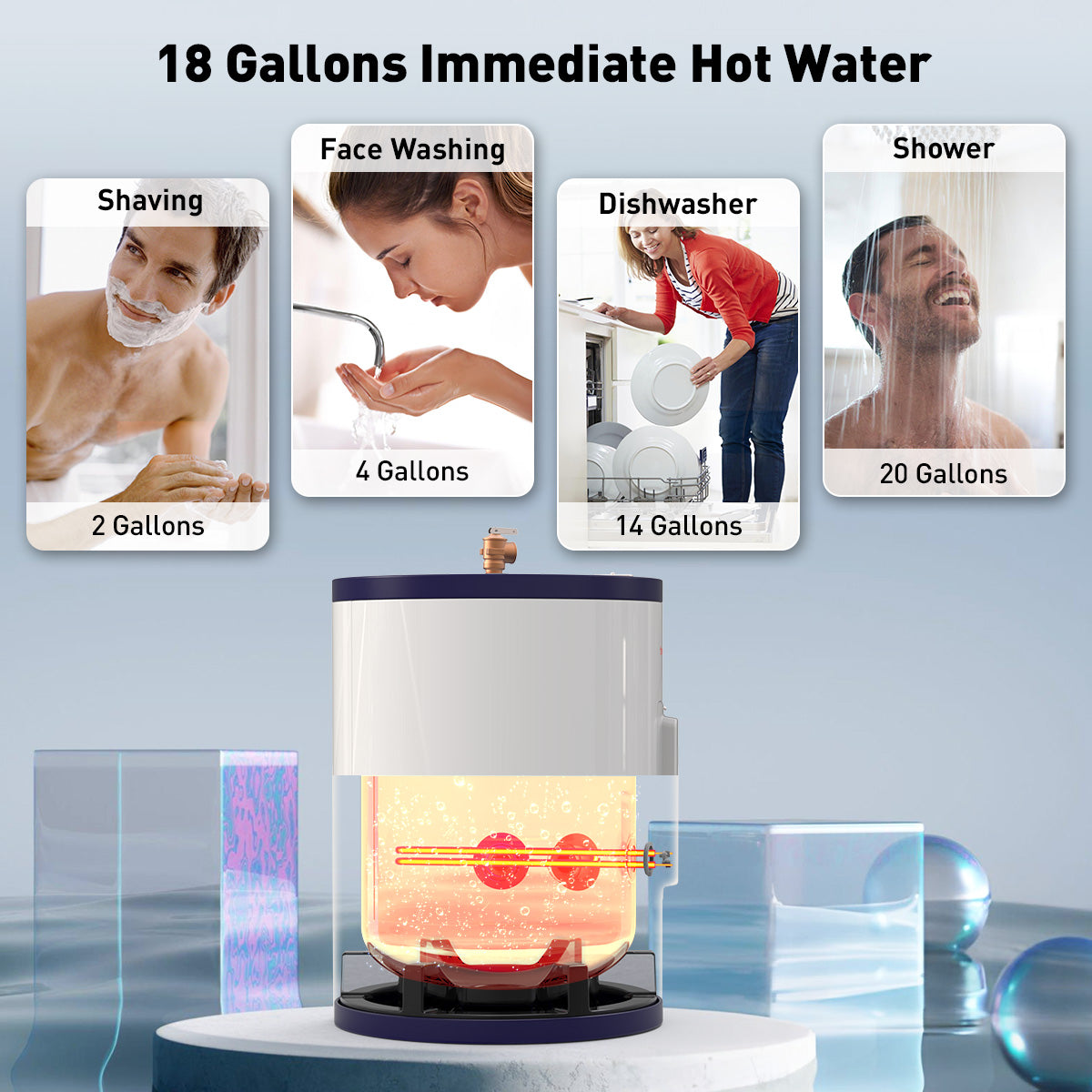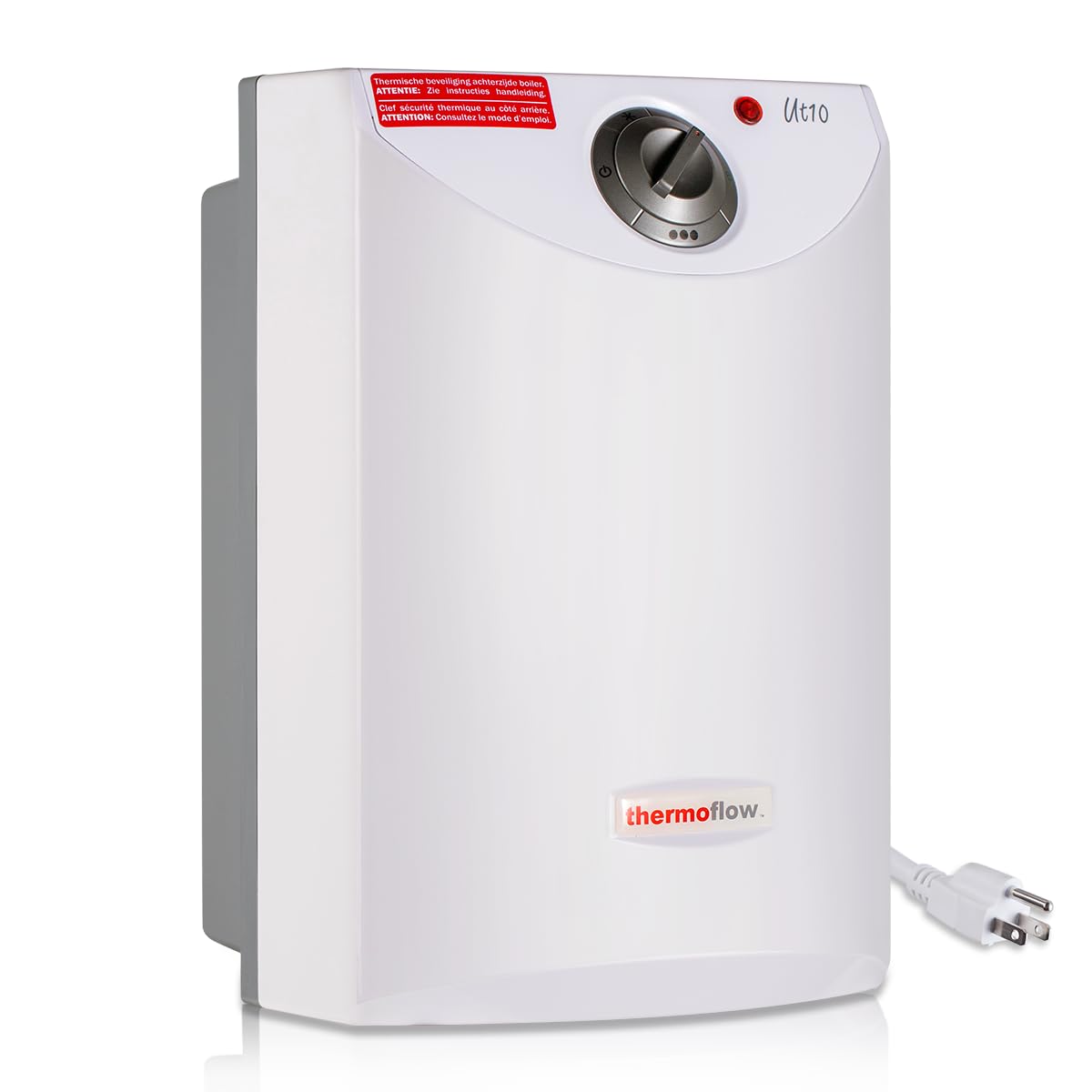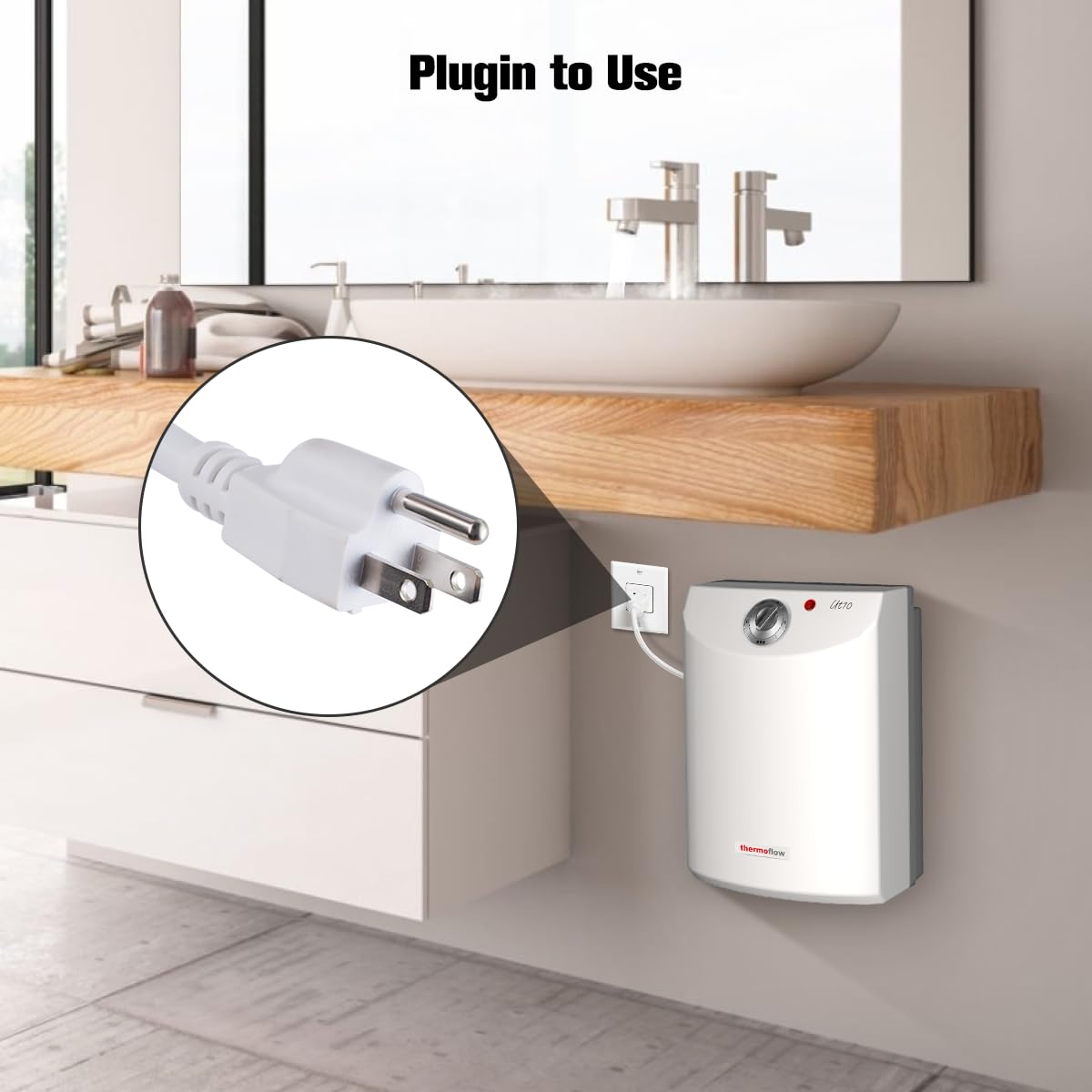5 Signs It’s Time to Descale Your Tankless Water Heater
Tankless water heaters are known for their energy efficiency, compact size, and ability to deliver hot water on demand. But like any appliance, they require regular maintenance to perform at their best—especially if you live in an area with hard water. One essential maintenance task is descaling: the process of removing mineral buildup (primarily calcium and magnesium) inside the unit.
If left untreated, limescale buildup can reduce efficiency, damage internal components, and shorten the life of your heater. Wondering if your unit needs a cleaning? Here are five signs it’s time to descale your tankless water heater.
Inconsistent Water Temperature
Are you noticing the water suddenly turns cold mid-shower, or fluctuates between hot and lukewarm? That’s not just annoying—it’s often one of the first signs of scale buildup. Mineral deposits can interfere with sensors or restrict water flow, causing irregular heating.
What to do: If temperature swings are becoming more common, it’s a good idea to flush and descale the unit to restore performance.
Reduced Water Flow
If your water pressure has noticeably dropped at taps or showers supplied by the heater, don’t rush to blame the plumbing. Scale buildup can clog internal pipes or heat exchangers, slowing the flow of hot water.
What to do: Check your unit’s flow rate and compare it to its rated performance (e.g., Thermomate’s 18kW model delivers up to 4.58 GPM). If the output is below spec, descaling could solve the problem.
Visible Error Codes or Warning Lights
Most modern electric tankless water heaters, including Thermomate models, include digital displays or indicator lights to alert you to problems. Error codes like E3, HH, or LF can often be related to overheating or flow issues—both of which can stem from limescale.
What to do: Refer to your user manual to identify what the error code means. If it suggests a flow or heating issue, try flushing the unit before calling for service.
Unusual Noises During Operation
Hearing popping, hissing, or rumbling noises when the unit runs? That’s not normal—and it’s usually the sound of scale interfering with the heat exchanger. The buildup creates air pockets or hot spots that cause strange sounds.
What to do: These noises can usually be eliminated with a good descaling. If left untreated, they can lead to permanent damage.
It’s Been Over a Year Since the Last Descaling
Even if you don’t notice any obvious symptoms, annual descaling is recommended—especially in areas with hard water (common in the Midwest, Southwest, and parts of the Southeast).
What to do: Schedule a yearly flush using a vinegar or descaling solution kit. It’s an easy DIY job that takes about 45–60 minutes and can extend the life of your unit by years.
💡 Bonus Tip: Install a Pre-Filter to Prevent Scale
Want to make descaling less frequent? Installing a whole-house water softener or a pre-filter on the inlet side of your tankless water heater can dramatically reduce mineral buildup. Thermomate models are compatible with most standard filtration systems.
🔧 How to Descale a Tankless Water Heater (Step-by-Step Guide)
⚡ Electric Tankless Water Heater Descaling Steps
Tools & Materials Needed:
-
White distilled vinegar (4–6 gallons) or a tankless water heater descaling solution
-
Submersible utility pump
-
2 flexible hoses (preferably ¾” diameter)
-
A 5-gallon bucket
-
Screwdriver (to remove front panel, if needed)
-
Towels or rags (for cleanup)
Step-by-Step Instructions:
-
Turn Off Power
Switch off the circuit breaker connected to the unit. Safety first! -
Shut Off Water Supply
Close both the cold water inlet and hot water outlet valves. -
Connect Hoses
Attach one hose from the cold-water inlet to the output of your submersible pump. Attach another hose to the hot-water outlet and run the other end into a bucket. -
Prepare the Descaling Solution
Fill the 5-gallon bucket with 4–6 gallons of white vinegar or a non-toxic descaling solution. -
Start the Pump
Place the pump in the bucket and circulate the solution through the system for 45–60 minutes. -
Flush the Unit
After descaling, remove the pump and hoses. Open the cold water valve and flush clean water through the unit for about 5 minutes. -
Reconnect & Restart
Close all valves, remove the hoses, and restore power to the unit.
🔥 Gas Tankless Water Heater Descaling Steps
Tools & Materials Needed:
(Same as above, plus an adjustable wrench for valve access)
Step-by-Step Instructions:
-
Turn Off the Power & Gas Supply
Shut off the gas line and unplug the unit or turn off power at the circuit breaker. -
Close Valves
Turn off the cold and hot water isolation valves. Open the service valves if available. -
Attach Hoses
Connect a hose from the cold-water isolation valve to the pump, and another from the hot-water service valve to the bucket. -
Fill the Bucket
Use 4 gallons of vinegar or descaling solution in the bucket. -
Pump the Solution
Run the pump and circulate the solution for 45–60 minutes. -
Flush the System
Disconnect the pump, close service valves, open the cold water supply valve, and flush clean water through the system for 5–10 minutes. -
Restore Operation
Reconnect everything, turn on the gas and power, and check for proper operation.
🛠 Pro Tips:
-
Always consult your model’s user manual before starting.
-
If you're unsure, consider hiring a licensed plumber or electrician for the job.
-
Descale at least once a year, or twice annually in areas with very hard water.
Final Thoughts
Descaling isn’t just a maintenance task—it’s essential to keeping your tankless water heater efficient, quiet, and long-lasting. If you’ve noticed any of these signs, don’t wait too long to take action. Regular descaling will save you energy, reduce repair costs, and keep your hot showers consistent all year round.


